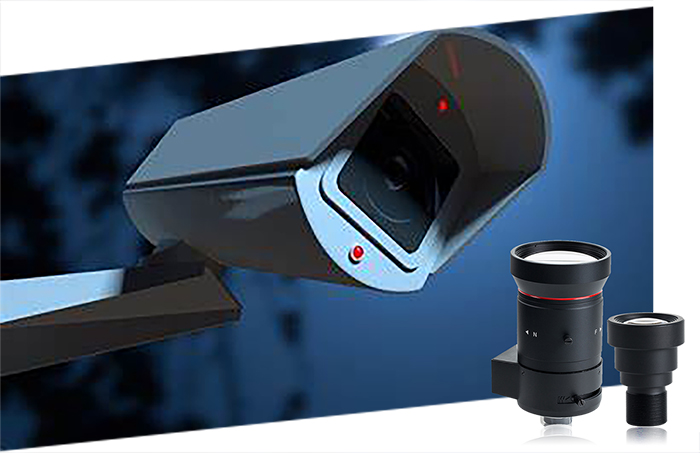Closed circuit television (CCTV), also known as video surveillance, is used to transmit video signals to remote monitors. There is no special difference between the operation of static camera lens and the CCTV camera lens. CCTV camera lenses are either fixed or interchangeable, depending on the required specifications, such as focal length, aperture, viewing angle, installation or other such features. Compared with the traditional camera lens that can control the exposure through the shutter speed and iris opening, the CCTV lens has a fixed exposure time, and the amount of light passing through the imaging device is adjusted only through the iris opening. Two key aspects to consider when selecting lenses are user specified focal length and iris control type. Different mounting techniques are used to mount the lens to maintain the accuracy of video quality.

More and more CCTV cameras are used for security and surveillance purposes, which has a positive impact on the growth of CCTV lens market. In the past few years, there has been a recent surge in demand for CCTV cameras as regulatory agencies have enacted mandatory laws for the installation of CCTV cameras in retail stores, manufacturing units and other vertical industries to maintain round the clock monitoring and avoid illegal activities. With the increase of security concerns about the installation of closed-circuit television cameras in household utilities, the installation of closed-circuit television cameras has also increased greatly. However, the market growth of CCTV lens is subject to various restrictions, including the limitation of field of view. It is impossible to define the focal length and exposure like traditional cameras. The deployment of CCTV cameras has been widely used in the United States, Britain, China, Japan, South Asia and other major regions, which has brought the characteristics of opportunistic growth to the CCTV lens market.



